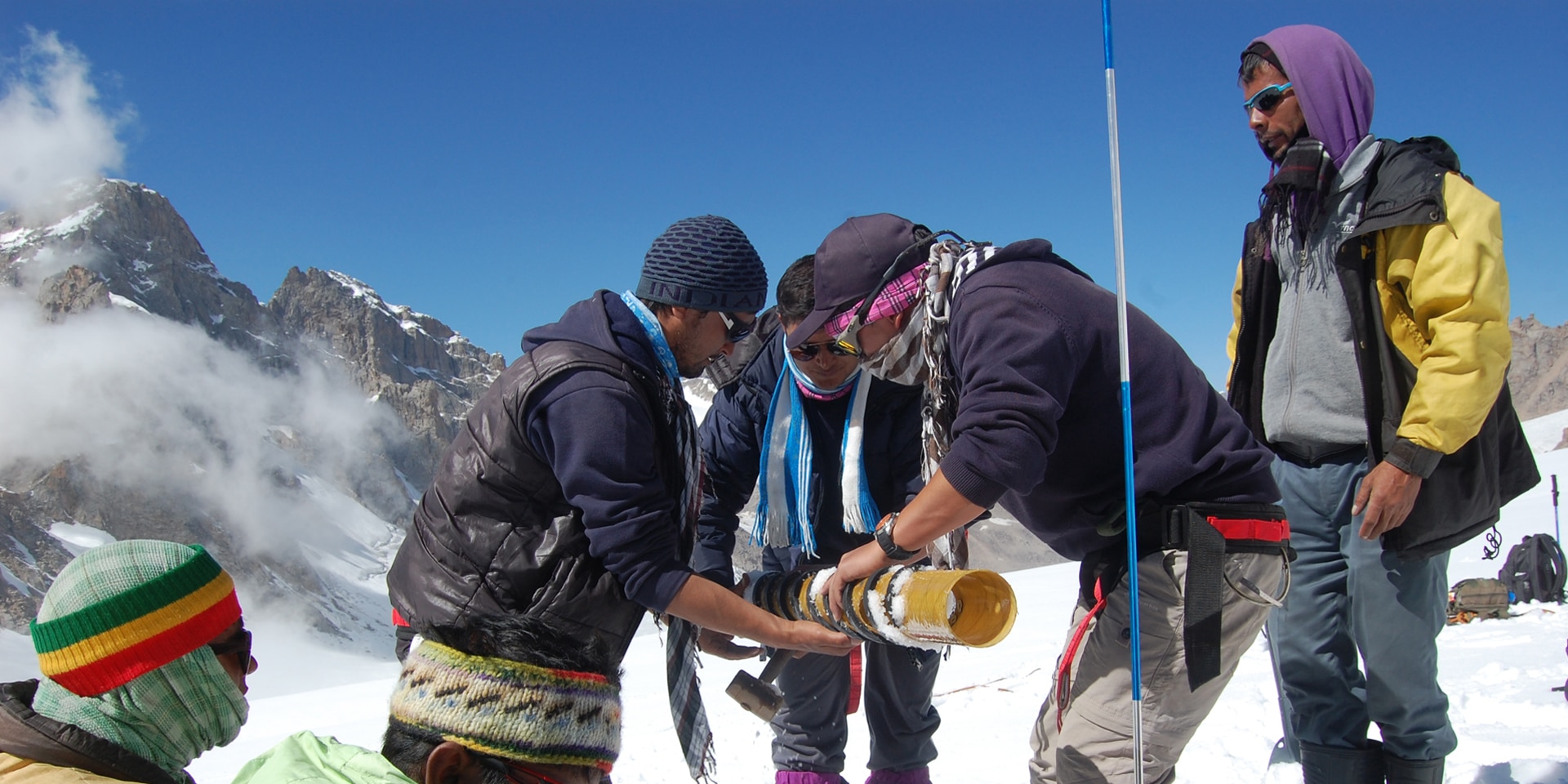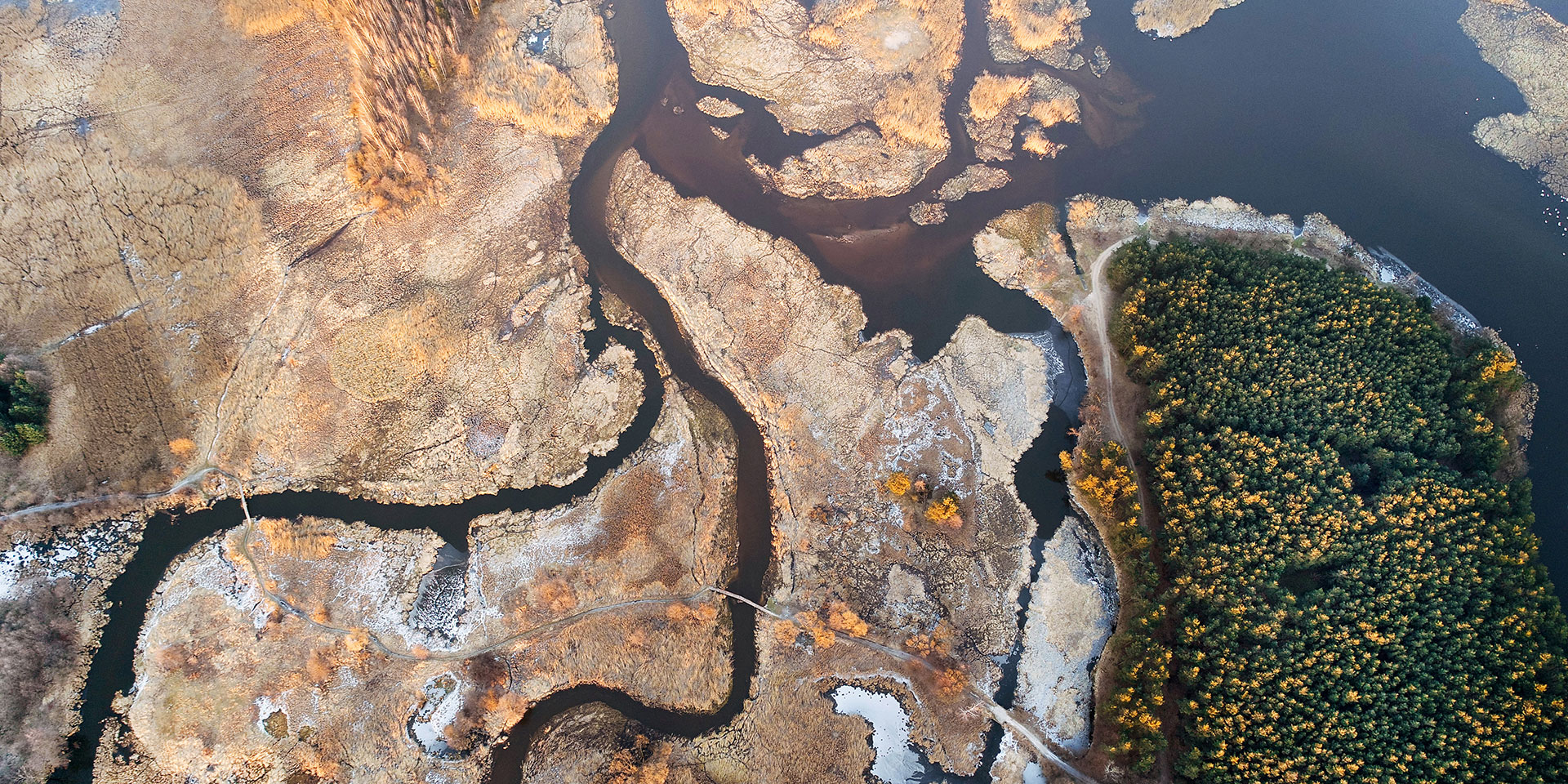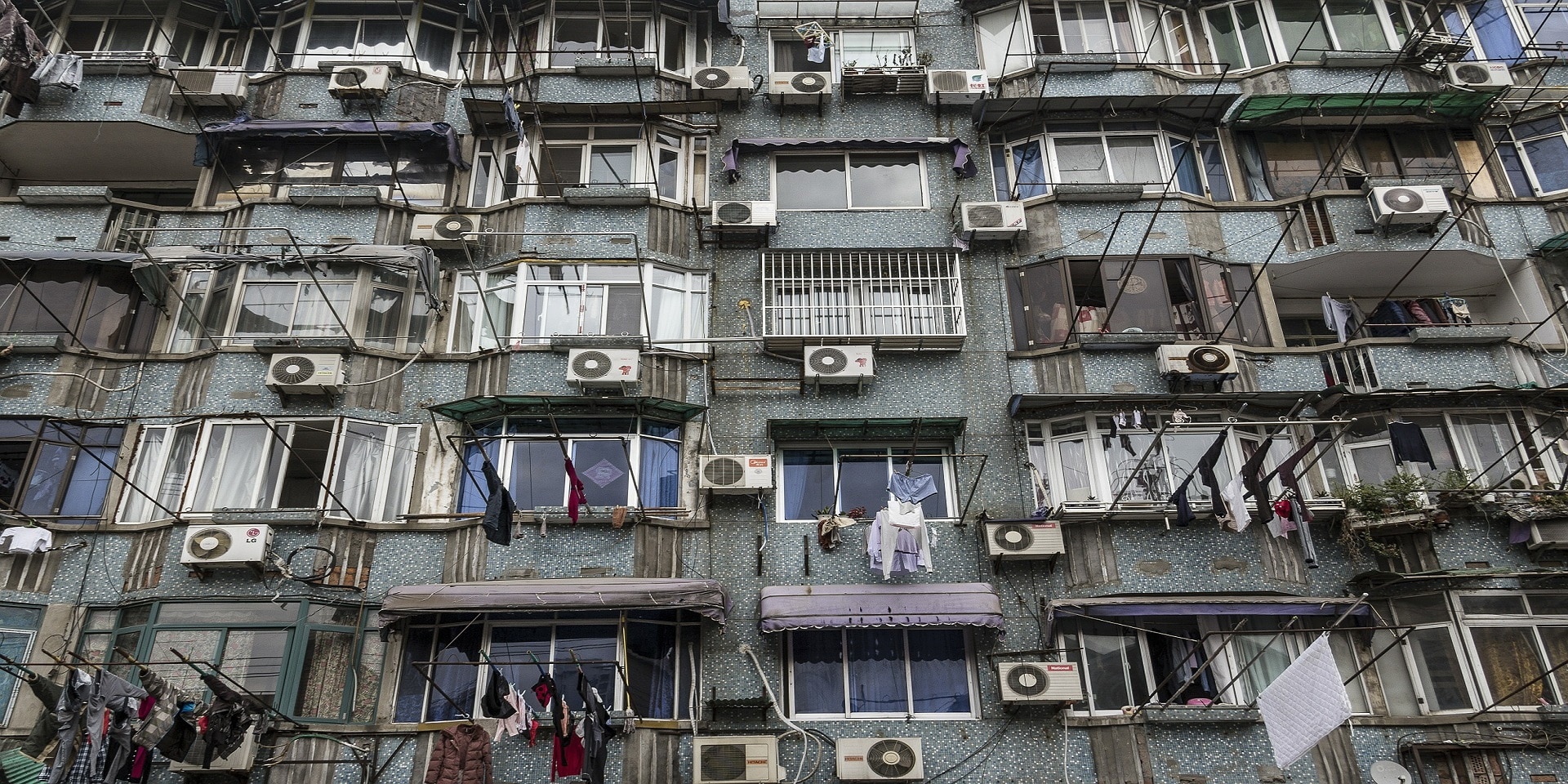Independent Evaluation of SDC’s Engagement in Climate Change Adaptation and Mitigation 2015–2020
In 2022, SDC's activities in climate change mitigation and adaptation were independently evaluated. The evaluation sought insights by comparing findings from different lines of inquiry, while taking a system-level view of key patterns, lessons and opportunities. Its aim was to help SDC identify the necessary adjustments to its projects and programs in order to achieve its goals.




